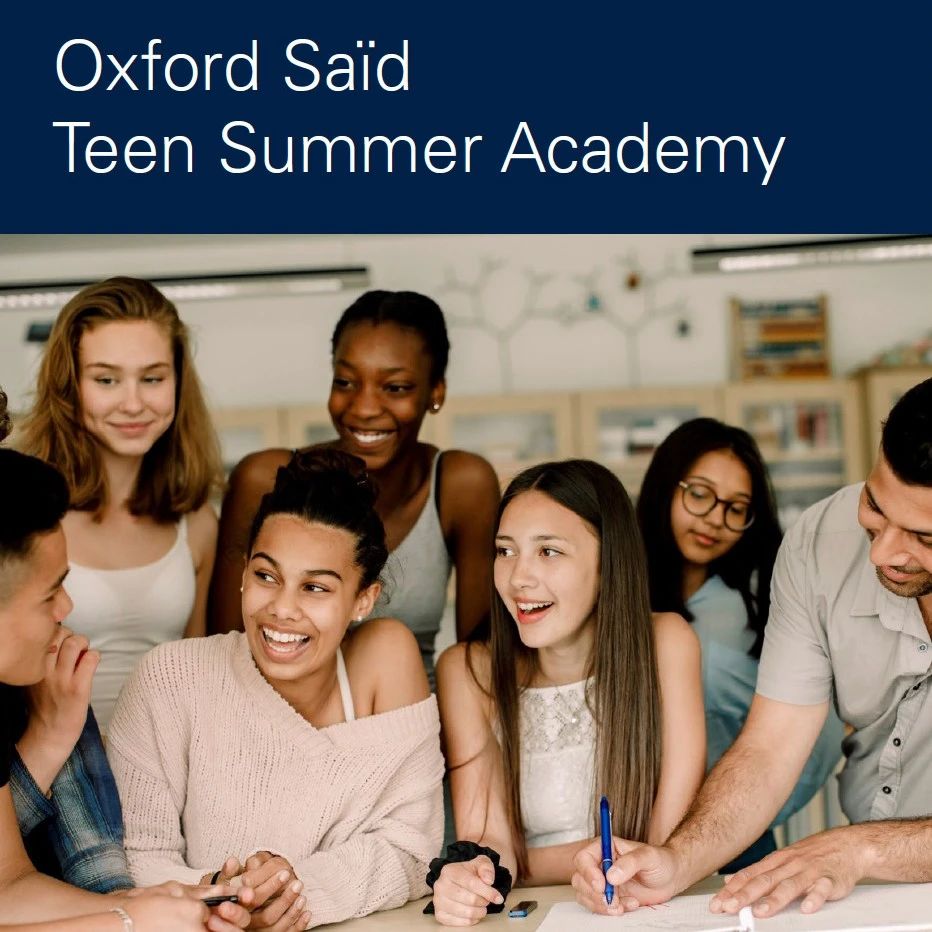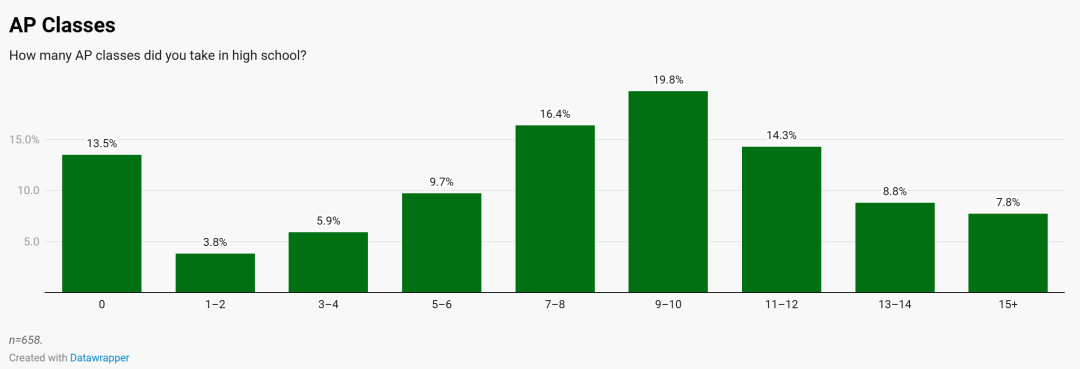你喜欢与他人分享你的意见吗?
你对书籍、电影、餐馆或时尚有强烈的批评和反应吗?
你是吃货还是游戏玩家?
音乐爱好者还是戏剧爱好者?
纽约时报 Student Review Contest 学生评论比赛 就是为你专门准备的,无论文科生、理科生、商科生都可以报名参加。你可以评论任意一个刊登在纽约时报上的书籍、电影、餐厅、专辑、戏剧作品、视频游戏、舞蹈、电视节目、艺术展览或任何其他类型的作品。
适合对象
全球11至19岁的初中或高中生;对于美国的学生,中学从 6 年级开始;美国以外的学生必须年满 11 岁才能参加。
参赛时间
2021年11月10日-12月15日
比赛结果将于比赛结束后2个月内公布
比赛规则
1、回顾符合《纽约时报》评论的创造性表达类别之一的内容:
— 建筑
— 艺术
— 书籍
— 喜剧
— 舞蹈
— 时尚
— 酒店
— 电影
— 音乐
— 播客
— 餐厅
— 科技
— 戏剧
— 电视节目
— 电子游戏(请注意,《泰晤士报》不再评论电子游戏,但我们仍然允许该类别参加我们的比赛。)
2、评论不得超过 450 字,不包括标题。
无论你选择复习什么,它对你来说都应该是新的,你应该自己去体验。
3、你的论文应该是本次比赛的原创,也就是说,它不应该在提交时已经发表,无论是在校报、另一场比赛或其他任何地方。
4、您发送的作品应该适合《纽约时报》的受众——也就是说,可以在家庭报纸上发表的作品。
5、每位学生仅提交一份参赛作品。
6、虽然我们的许多比赛都允许学生以团队形式开展工作,但对于这次比赛,您必须单独工作。
7、所有参赛作品必须在太平洋时间 12 月 15 日晚上 11:59 之前使用上述适当的竞赛表格提交。
历年获奖作品赏析
“‘Big Mouth’: A Well-Done Teen Romp with an Unexpected Side of Good Advice”
By Maya Mukherjee, age 15, United Nations International School, New York City
Puberty, a time marked, quite literally, by sweat stains and body hair, is a period most of us would not like to memorialize. Barring the creators of “Big Mouth,” that is. Netflix’s four-season animated sensation centers on adolescent boys Nick and Andrew and their pubescent escapades in an American suburb. It’s nothing short of a loud, colorful love letter to our most gangly, acne-ridden years.
The writers’ vivid recollection of puberty without rose-colored glasses hits home for many teens such as myself. When the show’s female lead, Jesse, uses a tampon for the first time, we are spared the trite blood drop on the spotless white underwear. Instead, the event is the main plotline in an episode whose title speaks for itself: “The Hugest Period Ever.” If these milestones of change aren’t clear enough, each character is given a “Hormone Monster” — the embodiment of many teens’ most murky, indecent and downright disgusting thoughts.
Don’t let the Adult Swim-esque facade fool you, though. While characters make raunchy jokes galore, “Big Mouth” writers don’t fall into the reductive “dark humor” pitfalls of “South Park” and “Family Guy” fame. Instead, the show uses its popularity with teens to tackle serious issues like depression, sexual identity and consent. It even sends positive messages that can’t be easily dismissed with a flick of the finger on the “barf” or “cringe” emojis.
The show’s ability to portray the ups and downs of puberty with admirable accuracy and minimal self-consciousness allows it to take on the role of the “cool counselor.” That is, an adult who understands the sometimes kaleidoscope-vibrant and sometimes silent-film-austere teen perspective. This authenticity doesn’t just make the show relatable, it gives it credibility. Whether it’s the portrayal of the benefits of therapy and meditation or suggestions on how to navigate childhood friendships and first romances, the teen viewer is actually willing to tune in and listen. And yes, it seems silly to pay more heed to Zen, all-knowing toads on an animated show than to education professionals. But teens are more ready to hear “Big Mouth’s” take because it’s like getting the lowdown from a slightly older friend, rather than a lecture from a tired teacher bound by state guidelines.
Though it may have been out-watched by “Bridgerton” and “The Queen’s Gambit,” “Big Mouth’s” mix of foul language, filthy humor and friendly counsel provides the ideal respite for any Zoom-beleaguered teen.
历年获奖作品赏析
“‘Liminal Space’: Refocusing Our Lens on Queer Americans”
By Chloe Chang, age 16, Herricks Senior High School, New Hyde Park, N.Y.
Garish, loud and radiantly bright are words one might expect to describe a photojournalistic chronicling of life in the L.G.B.T.Q. community, however, Mengwen Cao’s latest project, “Liminal Space,” eschews popular stereotypes, offering queer portraits that are unapologetically ordinary and painstakingly in-the-box — and that’s the point.
With blaring headlines and outrageous glamorized magazine covers of self-expression — the queer community has garnered increased visibility in today’s cultural scene. Unfortunately, this step forward has catalyzed a largely spectacularized and glitzy-glam view of what it really means to be queer. This media trend comes from an industry that has largely shunned diversity in gender and sexual identity in the past. The result: an apologetic and overproduced portrayal of queer identity that neglects to detail the authenticity and vulnerability of their lived humanity.
In contrast, Cao, an up-and-coming Chinese queer photographer, is exactly what the photography scene needs. Choosing to explore the communal space between race, gender and cultural identity, Cao’s newest photo series reveals the seemingly-mundane privacies of queer life and redefines the sensationalized modern media image of the L.G.B.T.Q. community. In a culture that frequently transfigures the image of queer individuals into grandiose visions of violence and glamour — to see young queer adults fixed into a casual and authentic frame is enlivening.
Vitalized by intrinsically subdued hues and dreamy textures, the photographs in this series illuminate the “liminal space” of queer life by capturing its models during the prosaic and diurnal junctures of everyday life that are often neglected by the camera. By snapping friends during intimate and fleeting instances of privacy, Cao — the artist-turned-social-activist — preserves the delicate essence of human vitality with a click of the shutter — capturing the silence that frames queer life behind the exterior noise.
Featuring photographs softened by natural golden rays, Cao captures the intricate streaks and shades that highlight the vivid landscapes of their portraits: In “Suzy & Cristine,” a sun-kissed Sapphic couple lovingly embracing atop ruffled bedsheets. In “Grace Preparing for Hot Pot,” soy sauce and fish balls scattered across a wooden table, with warm, cozy light and tantalizing smoke rising from the heated pot. Grace, clad in a casual muscle tee, focuses on the traditional Chinese dish in front of them with a candor that reveals a slice of daily life without any of the camera’s performative elements.
A stark contrast to the eye-catching ostentatious displays of queer models in modern photography, Cao designs these quotidian moments to the familiar and authentic backdrops of everyday life. Through capturing nondescript instances of queer beauty in bluntly vulnerable moments, Cao brings to life a candidly realistic image of queer individuals that broadens the span of society’s camera lens.















